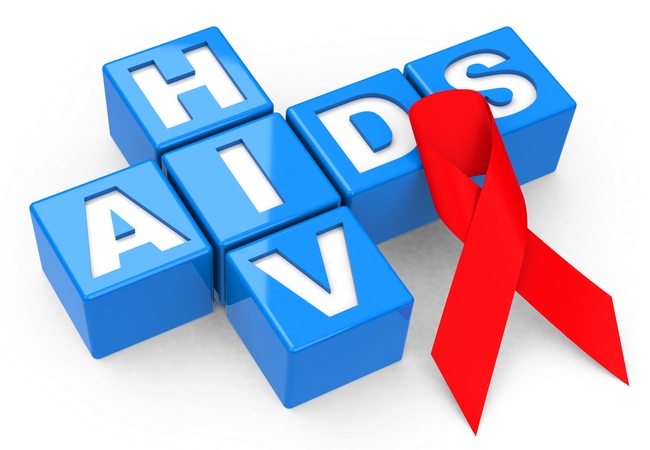Nursing Assessment or Management or Intervention of HIV / AIDS According to Nursing Process:
The nursing care of patients with HITV/ADS is challenging because of the potential for any organ system to be the target of infections or cancer.

1. Nursing Assessment:
Nursing assessment includes identification of potential risk factors, including a history of risky sexual practices or IV/injection drug use.
- Nutritional status,
- Skin integrity,
- Respiratory status,
- Neurologic status,
- Fluid and electrolyte balance,
- Knowledge level.
2. Diagnosis:
The list of potential nursing diagnoses is extensive because of the complex nature of the disease:
- Impaired skin integrity related to cutaneous manifestations of HIV infection, excoriation, and diarrhea.
- Diarrhea related to enteric pathogens of HIV infection.
- Risk for infection related to immunodeficiency.
- Activity intolerance related weakness, fatigue, malnutrition, impaired F&E balance, and hypoxia associated with pulmonary infections.
- Disturbed thought processes related to shortened attention span, impaired memory, confusion, and disorientation associated with HIV encephalopathy.
- Ineffective airway clearance related to PCP, increased bronchial secretions, and decreased ability to cough related to weakness and fatigue.
- Pain related to impaired perianal skin integrity secondary to diarrhea, KS, and peripheral neuropathy.
- Imbalanced nutrition, less than body requirements related to decreased oral intake.
3. Planning & Goals:
Goals for a patient with HIVIAIDS may include:
- Achievement and maintenance of skin integrity,
- Resumption of usual bowel pattern,
- Absence of infection,
- Improve activity intolerance,
- Improve thought processes,
- Improve airway clearance,
- Increase comfort,
- Improve nutritional status,
- Increase socialization,
- Absence of complications,
- Prevent/minimize development of new infections,
- Maintain homeostasis,
- Promote comfort,
- Support psychosocial adjustment,
- Provide information about disease process/prognosis and treatment needs.
4. Nursing Interventions:
The plan of care for a patient with AIDS is individualized to meet the needs of the patient.
- Promote skin integrity: Patients are encouraged to avoid scratching; to use nonabrasive, nondrying soaps and apply non perfumed moisturizers; to perform regular oral care, and to clean the perianal area after each bowel movement with nonabrasive soap and water.
- Promote usual bowel patterns: The nurse should monitor for frequency and consistency of stools and the patient’s reports of abdominal pain or cramping.
- Prevent infection: The patient and the caregivers should monitor for signs of infection and laboratory test results that indicate infection.
- Improve activity intolerance: Assist the patient in planning daily routines that maintain a balance between activity and rest.
- Maintain thought processes: Family and support network members are instructed to speak to the patient in simple, clear language and give the patient sufficient time to respond to questions.
- Improve airway clearance: Coughing, deep breathing, postural drainage, percussion and vibration is provided for as often as every 2 hours to prevent stasis of secretions and to promote airway clearance.
- Relieve pain and discomfort: Use of soft cushions and foam pads may increase comfort as well as administration of NSAIDS and opioids.
- Improve nutritional status: The patient is encouraged to eat foods that are easy to swallow and to avoid rough, spicy, and sticky food items.
5. Evaluation:
Expected patient outcomes may include:
- Achieved and maintained of skin integrity,
- Resumption of usual bowel pattern,
- Absence of infection,
- Improved activity intolerance,
- Improved thought processes,
- Improved airway clearance,
- Increased comfort,
- Improved nutritional status,
- Increased socialization,
- Absence of complications.
6. Discharge an d Home Care Guidelines:
Before discharge, the nurse should educate the patient and the family about precautions and the transmission of HIV/AIDS.
- Patients and their families or caregivers should receive instructions about how to prevent disease transmission, including hand-washing techniques and methods for safely handling and disposing of items soiled with body fluids.
- Patients are advised to avoid exposure to others who are sick or who have been recently vaccinated.
- Medication administration. Caregivers in the home are taught how to administer medications, including IV preparations.
- The patient’s adherence to the therapeutic regimen is assessed and strategies are suggested to assist with adherence.
- Infection prevented/resolved.
- Complications prevented/minimized.
- Pain/discomfort alleviated or controlled.
- Patient dealing with current situation realistically.
- Diagnosis, prognosis, and therapeutic regimen understood.
- Plan in place to meet needs after discharge.

Maria Khatun Mona is a Founder and Editor of Nursing Exercise Blog. She is a Nursing and Midwifery Expert. Currently she is working as a Registered Nurse at Evercare Hospital, Dhaka, Bangladesh. She has great passion in writing different articles on Nursing and Midwifery. Mail her at “maria.mona023@gmail.com”
